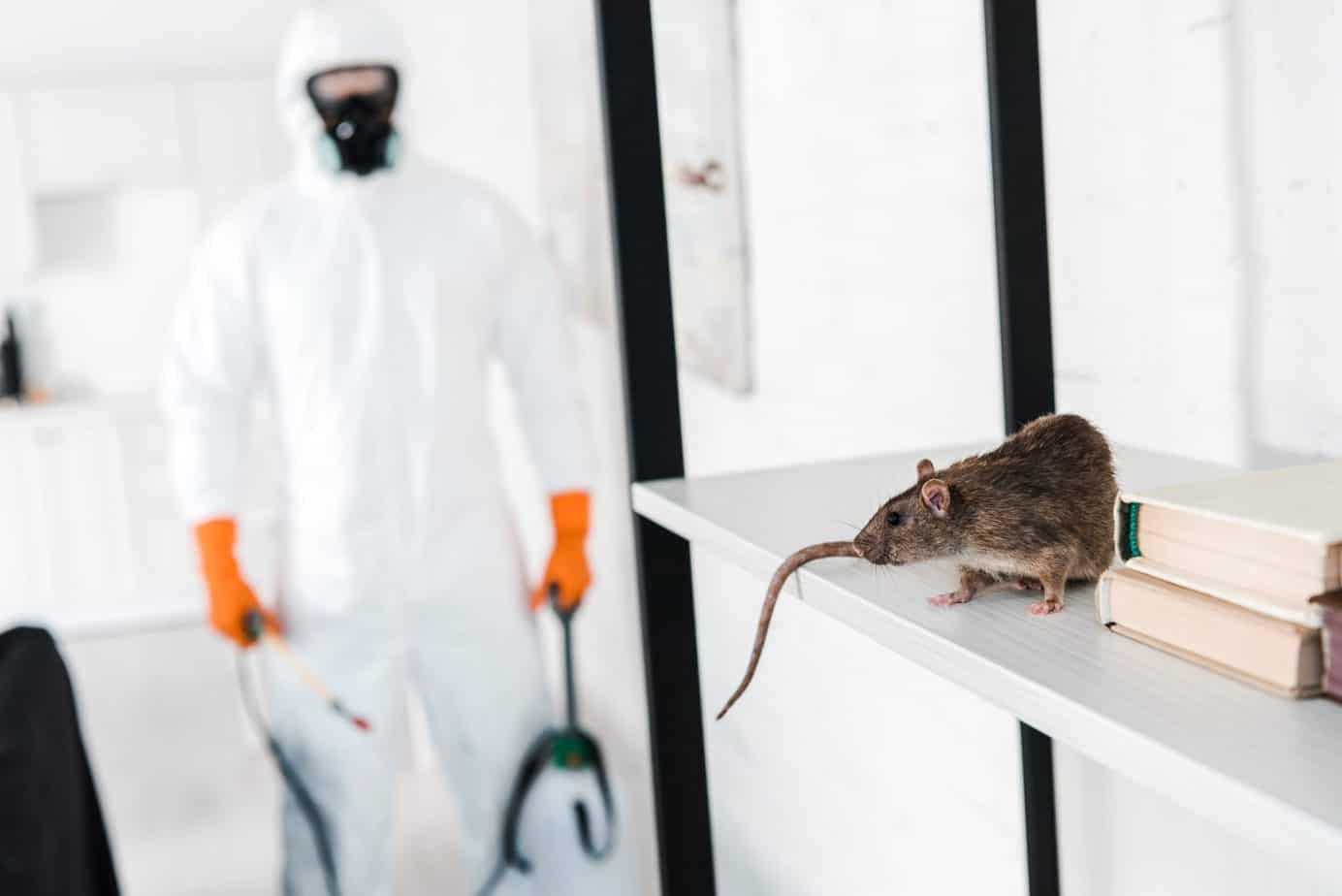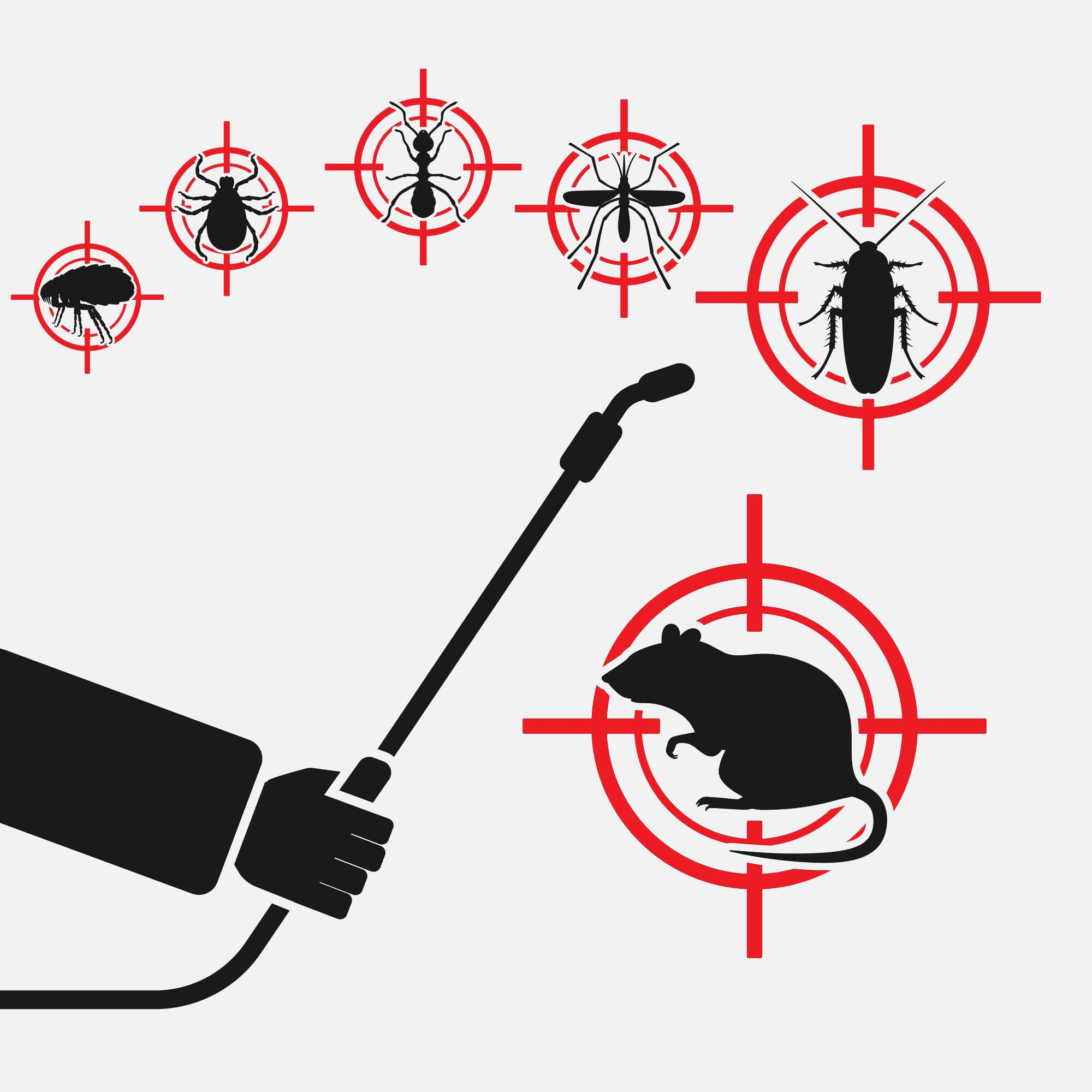Everything about the Rat Smoke Examination: A Proven Approach for Identifying Rodent Infestations
The Rat Smoke Test serves as an important diagnostic tool for detecting rodent problems in buildings. By using safe smoke, this technique discloses airflow patterns that can indicate possible access factors. Recognizing exactly how the examination operates and the benefits it uses can considerably help home proprietors. The ins and outs of preparing for the examination and analyzing its outcomes are essential for efficient application. What vital steps should one think about before conducting this examination?
What Is a Rat Smoke Examination?

The test is specifically reliable in buildings where rodent problems are believed, as it exposes covert susceptabilities that might otherwise go undetected. The smoke, which spreads conveniently, will get away through any openings, permitting specialists to pinpoint areas that need securing or repair work.
Inevitably, the rodent smoke examination functions as a positive action in bug administration, aiding in the avoidance of future problems by guaranteeing that structures are correctly sealed versus undesirable wildlife. This method highlights the value of keeping a safe and secure environment to prevent rats successfully.
How the Rodent Smoke Examination Works
The Rat Smoke Test involves particular prep work steps to guarantee precise outcomes. Understanding exactly how to translate smoke patterns is essential for determining potential rodent entry factors. This process gives beneficial understandings into rodent behavior and habitat preferences.
Test Prep Work Steps
Reliable preparation is important for the effective execution of the Rat Smoke Examination. This process begins with an extensive assessment of the facilities to recognize potential entry points for rodents. Confirming that all doors, windows, and vents are safely closed will avoid any unexpected getaway of smoke throughout the test. Next, the area should be free from any items that could obstruct the circulation of smoke or hinder the outcomes. The smoke-generating tool must be positioned purposefully to maximize protection of the examination location. It is important to educate passengers of the upcoming examination to ensure their safety and security and comfort. Correct preparation establishes the stage for precise outcomes in identifying rodent infestations.
Analyzing Smoke Patterns
When carrying out the Rodent Smoke Examination, analyzing the patterns of smoke is vital for determining hidden rodent pathways. As the smoke is introduced right into possible entry points, it travels with any kind of openings or gaps in the structure. Onlookers must keep in mind where the smoke spreads swiftly, showing a straight course preferred by rodents. Conversely, areas where smoke lingers suggest that the path might be blocked or much less often used. Furthermore, the instructions of smoke activity can reveal concealed burrows or nests. An extensive evaluation of these patterns enables bug control specialists to determine essential areas for treatment, making sure a much more efficient removal approach. This method highlights the relevance of in-depth smoke analysis in spotting rodent task.
Benefits of Utilizing the Rodent Smoke Test
The Rodent Smoke Test offers substantial advantages in pest administration. Its fast detection method enables the fast identification of rodent problems, promoting prompt treatments. In addition, the non-invasive method reduces disruption to the setting, making it an efficient selection for building proprietors.
Quick Discovery Technique

Non-Invasive Strategy
Although numerous pest control approaches can be turbulent and invasive, the Rodent Smoke Test stands out for its non-invasive nature. This technique utilizes safe smoke to recognize rodent pathways without the requirement for substantial excavation or structural alterations. By introducing smoke right into prospective entry factors, homeowner can easily observe exactly how it travels and where rodents may be infiltrating. This approach lessens disruption to the setting and existing frameworks, permitting a speedy assessment of the problem. In addition, the Rodent Smoke Examination is reliable in determining problem locations, enabling targeted treatments. Because of this, it not only conserves sources however also decreases the tension typically related to more conventional insect control methods, making it an eye-catching option for numerous.
Determining Entrance Details and Nesting Areas
Identifying entry factors and nesting locations is vital in effectively managing rodent invasions. Rodents are experienced at exploiting tiny openings, typically as tiny as a quarter of an inch. Typical access points consist of spaces around windows, pipelines, and vents, as well as fractures in structures and wall surfaces. Examining these areas thoroughly can reveal potential access routes for rats.
Nesting areas can frequently be found in concealed areas such as attics, basements, or wall surface gaps - Rodent Smoke Test. Signs of nesting consist of droppings, nibble marks, and shredded materials. Utilizing an organized method, homeowner must carry out regular inspections, concentrating on both outside and indoor locations. Monitoring for indications of task, such as footprints or hair, can additionally assist in recognizing these essential areas. By pinpointing entry factors and nesting locations, efficient control measures can be applied, protecting against more rodent attacks and securing the residential property
Preparing for a Rodent Smoke Test
Preparing for a rodent smoke test calls for careful preparation and attention to detail to assure effective outcomes. First, the area must be completely inspected to determine possible access read factors and nesting websites, making sure that all feasible locations are covered throughout the test. Next off, the environment needs to be free from any kind of blockages or items that may interfere with the smoke's more helpful hints diffusion. It is vital to seal any identified access factors momentarily, using products such as tape or plastic to stop outside air from diluting the smoke. In addition, the smoke source need to be thoroughly selected, ensuring it is suitable for indoor use and risk-free for the residents. Finally, it is suggested to notify any building occupants regarding the examination schedule to minimize direct exposure to smoke and ensure their safety. Following these steps will improve the effectiveness of the rodent smoke test and offer clearer understandings into potential invasions.
Analyzing the Outcomes of the Test
As soon as the rodent smoke test has actually been conducted, translating the results ends up being crucial for comprehending the extent of any type of invasions. Rodent Smoke Test. Onlookers must closely examine the areas where the smoke has escaped, as this shows possible entrance points for rats. If the smoke disperses promptly with splits, holes, or gaps, it represents that these openings may be made use of by rats for accessibility
The existence of smoke in certain areas can suggest nesting sites or paths regularly traveled by rodents. Odorous deposits or dark discolorations left behind can further confirm energetic problems.
It is important to separate in between small leakages and considerable violations. A minimal variety of smoke escape factors might indicate isolated rodent task, while extensive dispersal suggests a much more severe invasion. Comprehending these results allows homeowner to review the necessity of attending to the problem and aids guide subsequent activities for effective rodent control.
Next Steps After Carrying Out the Test
After analyzing the outcomes of the rodent smoke examination, building proprietors have to take decisive action to resolve any determined issues. Immediate measures should be used to secure these entry factors if the examination exposes paths utilized by rats. This may include repairing holes, installing door sweeps, and strengthening vents.

Next off, residential property owners ought to think about getting in touch with insect control experts to examine the intensity of the invasion and develop a customized extermination strategy. Normal tracking and maintenance must comply with to stop future events.
Furthermore, it is necessary to eliminate potential food sources by protecting waste and keeping food effectively. Residential or commercial property owners might additionally intend to carry out more evaluations to recognize nesting websites or other indications of rodent task. By implementing these steps, they can efficiently alleviate the risks associated with rodent infestations, guaranteeing a healthier living atmosphere.
Regularly Asked Questions
Just how Typically Should I Conduct a Rat Smoke Test?
The advised frequency for carrying out a rodent smoke examination differs, however usually, it needs to be carried out a minimum of twice a year or after any type of considerable architectural modifications, guaranteeing ongoing surveillance for prospective rodent infestations.
Is the Smoke Used Dangerous to People or animals?
The smoke used in the rodent test is usually considered safe to pet dogs and people when used properly. Nonetheless, people ought to establish correct air flow and get in touch with product guidelines to mitigate any kind of prospective dangers.
Can I Conduct a Rodent Smoke Test Myself?
Performing a rodent smoke test independently is Extra resources possible, yet it requires specific tools and expertise. Rodent Smoke Test. Appropriate security precautions need to be complied with to ensure effectiveness and minimize risks to health and wellness and residential or commercial property during the procedure
What Should I Do if I See Smoke Escaping?
If smoke gets away throughout the examination, the individual ought to quickly cease the procedure, determine the source of the leak, and examine potential entrance points for rats. Consulting a specialist insect control service is recommended for resolution.
Exist Any Kind Of Alternative Methods to the Smoke Test?
Yes, alternate techniques to the smoke examination include using infrared cameras to identify warmth signatures, visual examinations for droppings, and employing bait terminals to monitor rodent activity. Each method supplies unique benefits for identifying infestations.
The Rodent Smoke Examination serves as a useful analysis tool for finding rodent infestations in structures. When performing the Rat Smoke Test, analyzing the patterns of smoke is important for recognizing covert rodent pathways. A quick and effective discovery technique, the Rat Smoke Test offers significant benefits for identifying potential entry factors in structures. As soon as the rodent smoke examination has actually been conducted, interpreting the results comes to be crucial for recognizing the level of any type of invasions. If smoke escapes throughout the examination, the individual ought to promptly discontinue the treatment, determine the source of the leak, and assess prospective entry points for rats.